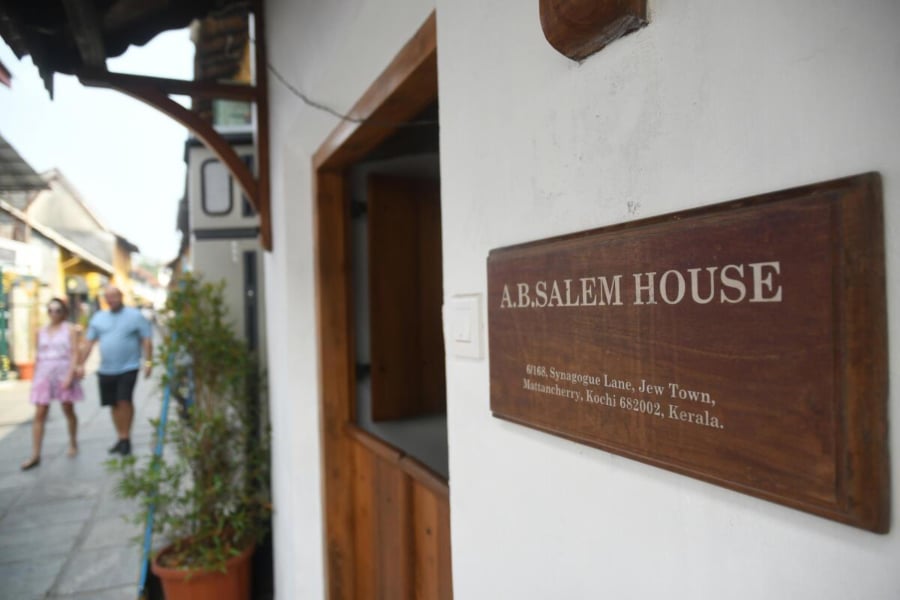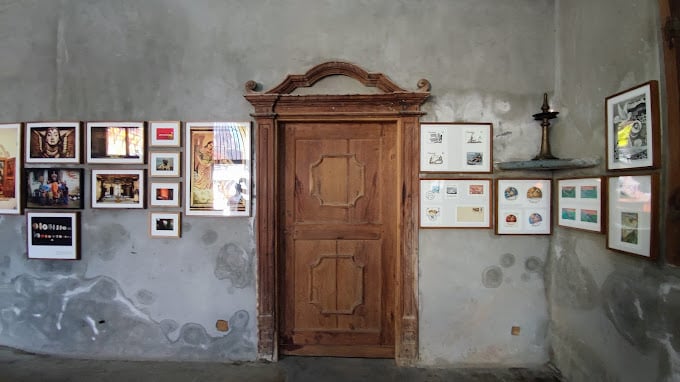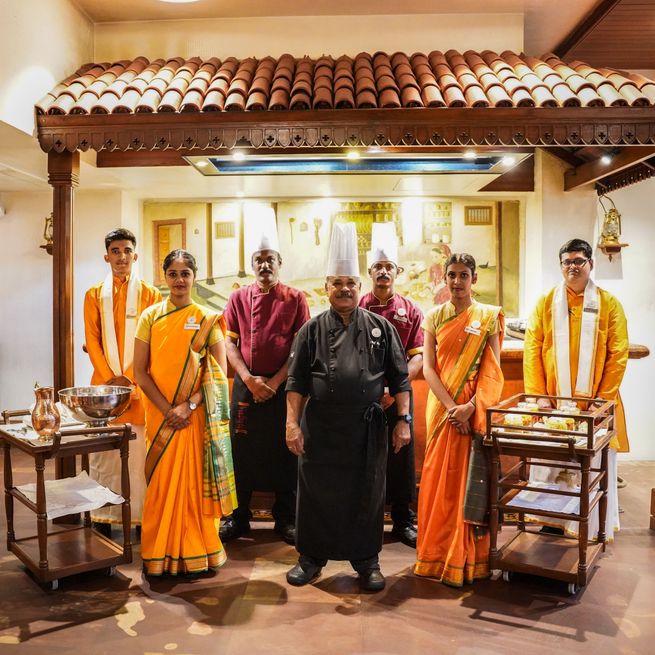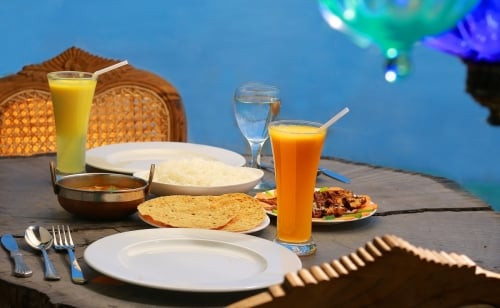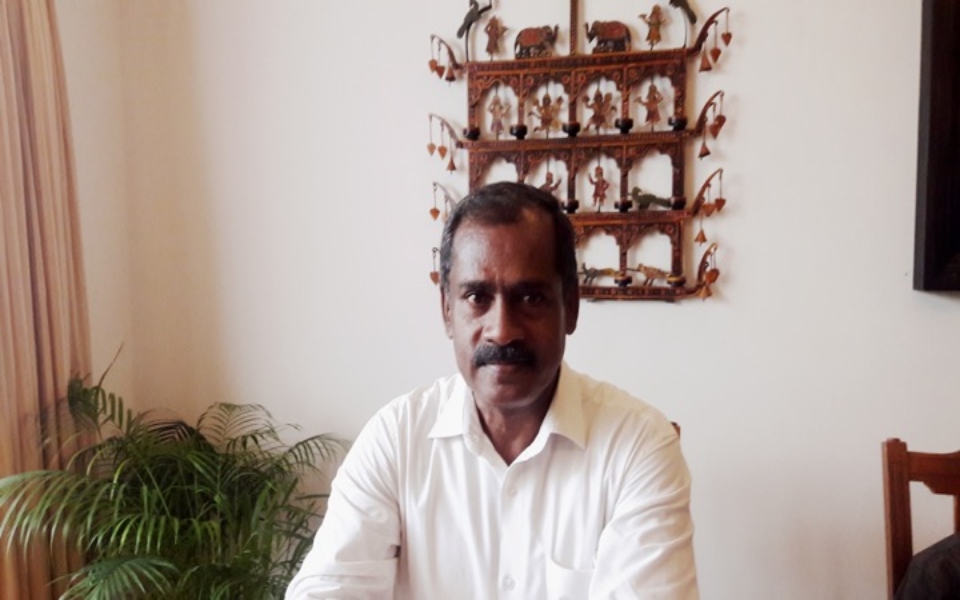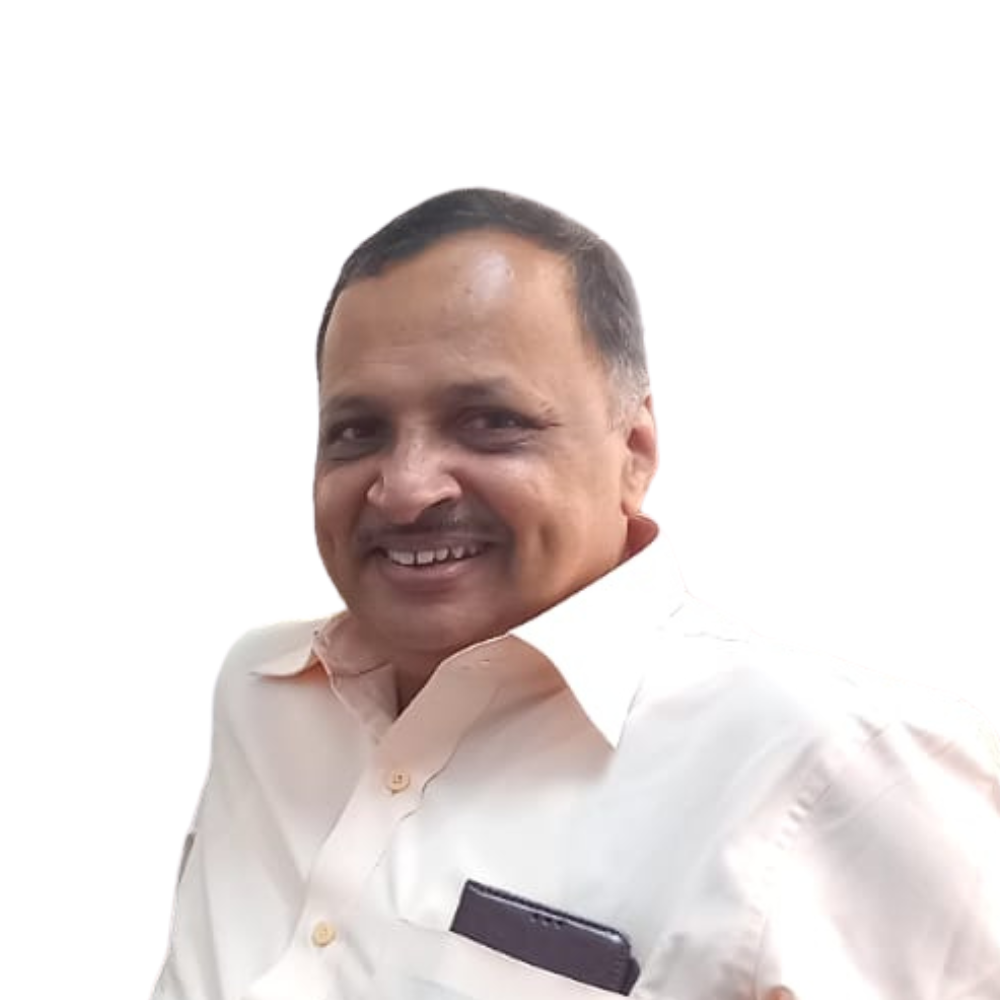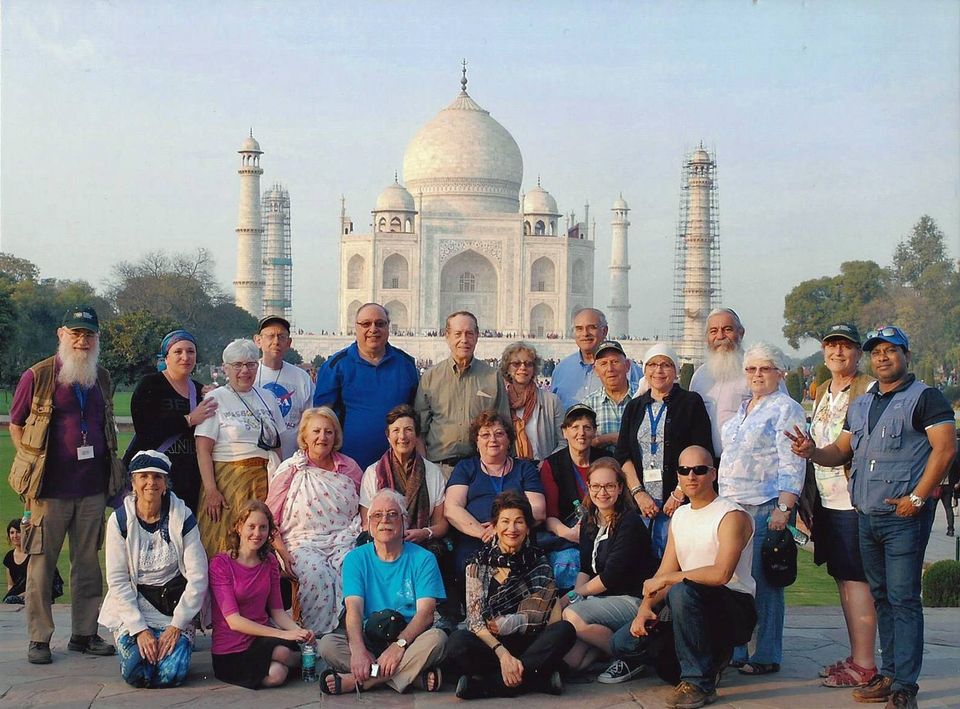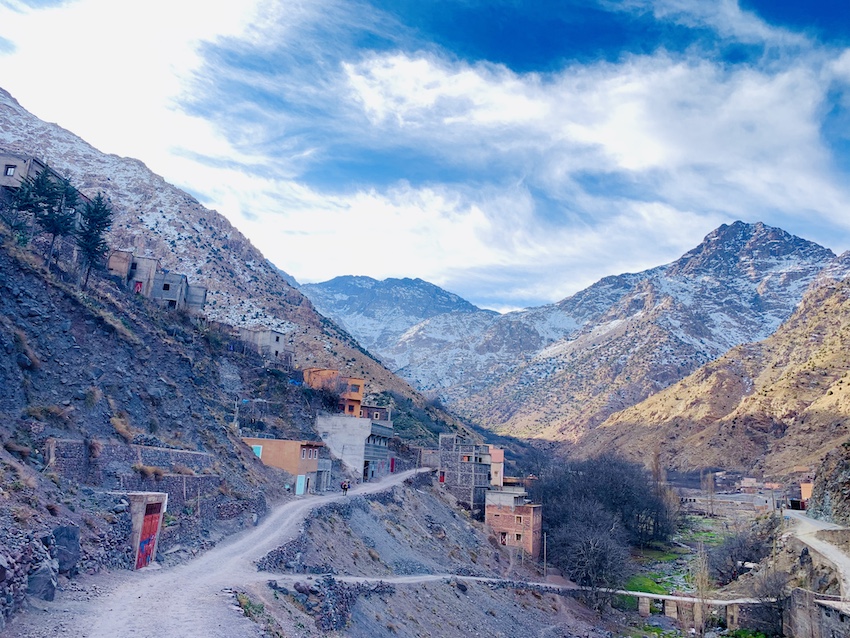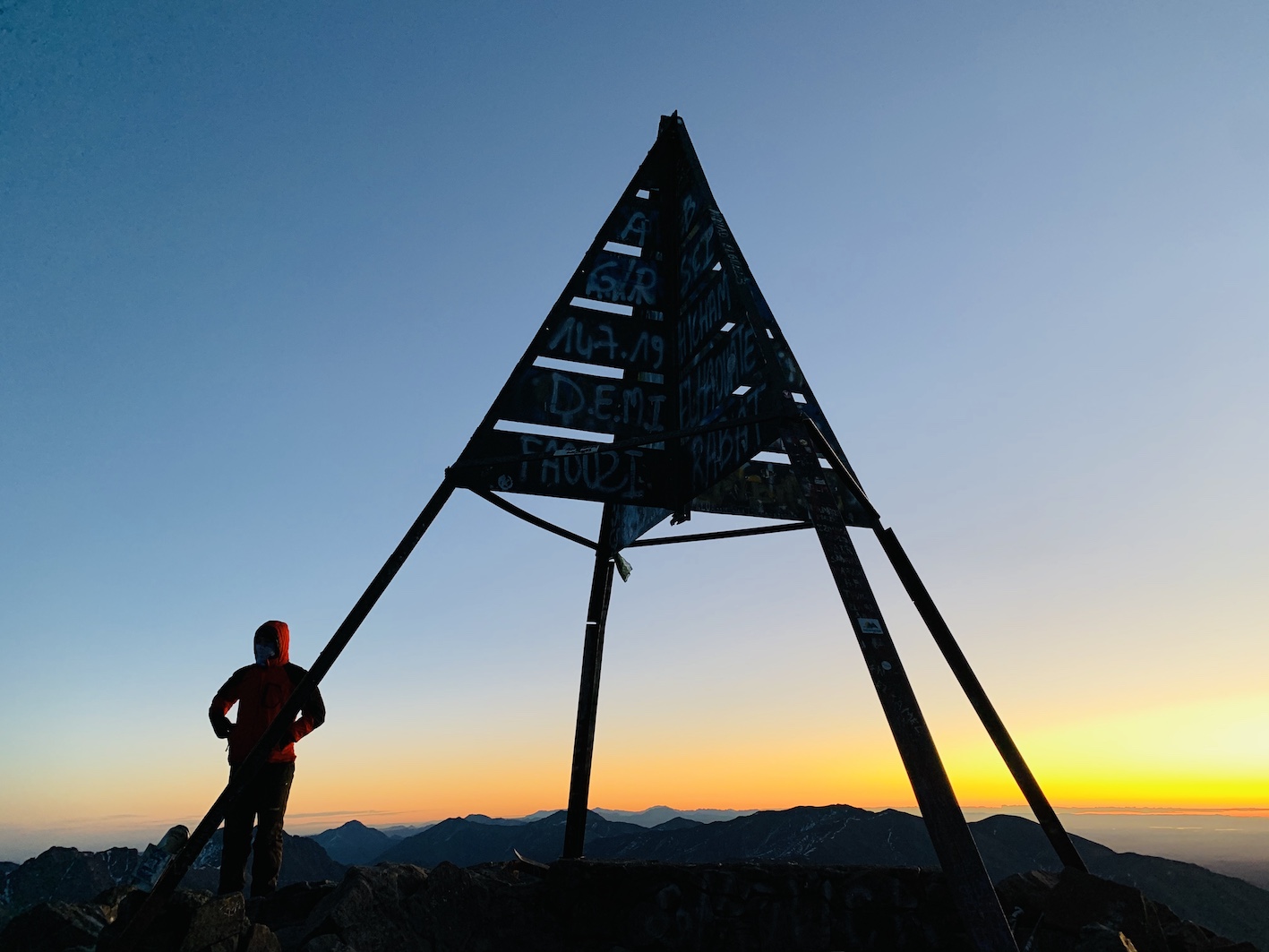The A.B Salem House is newly transformed, 350-year-old Heritage Guest House with four bedrooms in the historic Jew Street.
Archives: Directory listings
Directory listings
Kashi Hallegua House
The Kashi Hallegua House is a historic Jewish synagogue in Kochi, India, built in 1568 by the Paradesi Jews. It was used for religious and cultural activities such as the Sukkah and Simah Torah festivals and for the bridegroom to dress for weddings. Today, it is an important cultural landmark showcasing the Jewish community’s rich heritage in Kochi.
Boulevard
Be it breakfast, lunch, dinner, or even a brunch, tea, or midnight snack, The Orchid Hotel Mumbai has got you covered! Check out their exclusive cafe in Vile Parle and relish a wide range of scrumptious treats and delights. Choose from Indian, Asian or Continental menus – a la carte or buffet. Just know that our chefs at our Vile Parle Restaurant, are ready to delight you with the fare they turn out for your dining pleasure.
Ginger House
Authentic Kerala cuisine at our in-house Ginger House Restaurant. Visitors as well as in-house guests are warmly welcomed at the restaurant. It is a place one must spend some time in. Being seemed as an architectural marvel, completely made up ofold-age antique furniture and providing the visitors the great view of Kochi bay waters, the ambience is perfect. The fresh good food and quirky arty ambience attracts the foreigners from around the world.
Joyce Xavier
Joyce is a graduate in Economics & Indian History and holds a RED CARD Tourist Guide License from the Ministry of Tourism & Culture, Government of India. He also obtained a Diploma in German Language and has undergone periodical refresher courses for Tourist Guides conducted by his parent department as well as the renowned institute ‘KITTS’ (Kerala Institute of Tourism And Travel Studies). Joyce offers a vehicle for transportation and is open to customizing the tour as per the preferences of his clients.
Jayachandran V G
Regional Level Tour Guide license holder under Ministry of Tourism Govt.of India since 1989 . Guided extensively through out Southern region of India with guests from different part of the Globe. Working as Tour Manager for several Indian companies in handling their guests to Europe,Africa,Middle East,Srilanka and many other countries. Received Best performer recognitons from M/S Saga Holidays ,UK, Farhorizon tours ,India,Overseas Adventure Travel, Gate1 travel USA etc,apart from hundreds of letters of apreciations from individual Guests. Graduate from University of Kerala in Botany, Masters in English Lit, Diploma in Russian language and Destination Management in Tourism from Kerala Institute for Tourism and Travel Studies. Organised training sessions for collegues in India, presented various topics on webinar forum for Indian tour guides
India Kosher Travel
This tour offers a unique opportunity to delve into India’s rich and diverse Jewish history, dating back over two thousand years. Explore the historic synagogues and vibrant Jewish communities of Mumbai and Cochin, where you can witness the blending of Jewish and Indian cultures. Take a relaxing houseboat cruise in Kumarakom and immerse yourself in the scenic beauty of this region. In Cochin, don’t miss the chance to witness a Kathakali Dance show, a traditional Indian dance form known for its intricate facial expressions and hand gestures. Finally, experience the bustling streets of Delhi from a different perspective with a thrilling rickshaw ride through the city. This tour is a must-visit for anyone interested in Jewish history, culture, and the fusion of different civilizations.
Atlas Mountain Trek, Morocco – Kosher and Shomer Shabbos
The Atlas are a mountain range in the Maghreb. It separates the Mediterranean and Atlantic coastlines from the Sahara Desert. It stretches around 2,500 km (1,600 mi) through Morocco, Algeria and Tunisia. The range’s highest peak is Toubkal, which is in central Morocco, with an elevation of 4,167 meters (13,671 ft).
The Atlas Mountains are primarily inhabited by Berber populations. The terms for ‘mountain’ are adrar and adras in some Berber languages. These terms are believed to be cognates of the toponym Atlas. The mountains are also home to a number of animals and plants which are mostly found within Africa but some of which can be found in Europe. Many of these species are endangered and a few are already extinct.
The most impressive range within the Atlas system is the High Atlas, which extends for some 560 kilometers (350 miles) through the center of Morocco and has an average elevation of around 3,050 meters (10,000 feet). Many High Atlas peaks are snow-clad for much of the year.
Most of the populations around the Atlas are small villages, rather than cities. The most famous and numerous of the Atlas populations is the Berber People, a North African culture which traces its roots back thousands of years.
Mt Toubkal Summit, Morocco – Kosher and Shomer Shabbos
At 4,167m high, Mount Toubkal, also known as Jebel Toubkal, is North Africa’s highest peak. Set in the High Atlas Mountain range in Morocco, this iconic mountain presents a challenging yet rewarding trek that is perfect for regular walkers with a reasonable level of fitness. With roughly 40% less oxygen than at sea level, the altitude of Mount Toubkal will undoubtedly make this hike harder. But your experienced local guide will ensure that you have plenty of food and set the pace of the walk at a sustainable rate to help you acclimatise, giving you the best chance of the reaching the summit.
The Mount Toubkal ascent only takes two days, with most of the walking done on the first. Leg one of the trek takes around 5 hours during which we’ll follow 11 kilometres of mule paths zigzagging up into the rocky valley towards towering snow-dusted peaks on the horizon. Our destination is the Neltner Refuge at 3,207m at the base of Toubkal where we’ll enjoy a well-earned rest, gather around a wood-burning stove to share stories with other climbers from around the world and acclimatise to the altitude before setting off early the next morning towards the summit.
Mount Toubkal requires no technical climbing and most people in good physical condition should be able to make the summit, if they are well prepared and respect the altitude of the peak. However, it is not an easy hike and there is always the risk of injuries and even fatalities on the climb.
Journey through Jewish Prague: From Early Settlements to the Modern City
Introduction to Jewish Prague
Journeying through the streets of Prague is akin to stepping into the pages of a vibrant Jewish storybook. From the early settlements in the city’s heart, marking the beginnings of the Jewish Quarter, to the bustling modern city, Jewish heritage is intricately woven into Prague’s cultural tapestry. This city has been the canvas for significant Jewish figures such as the Maharal of Prague, the creator of the legendary Golem, and the world-renowned writer Franz Kafka. Today, we invite you to an exploration of Jewish Prague, a city that forever echoes the stories of its past and resonates with the pulse of its present.
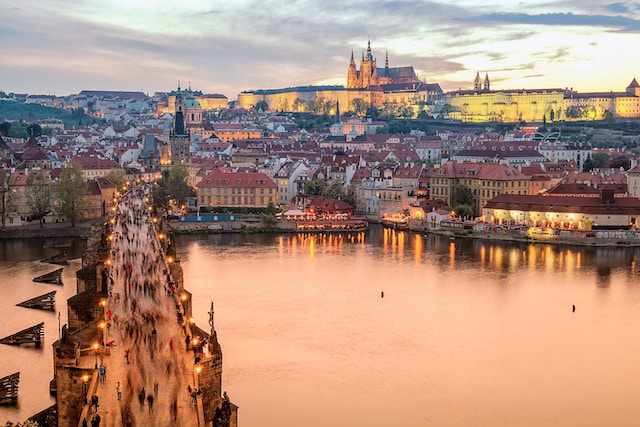
Jewish Culture and History in Prague
Early Jewish Life in Prague
Jews first arrived in Prague in the 10th century, finding a home amidst the city’s cobbled streets and Gothic architecture. They established a vibrant community centered around Josefov, now known as the Old Jewish Quarter. Life in the Middle Ages was a tapestry of both prosperity and upheaval. Jewish residents thrived as merchants and scholars, with Prague becoming a beacon of Jewish learning in Europe. However, they also faced sporadic periods of persecution and expulsion. Despite these hardships, the Jewish community’s resilience shone through, as they continued to influence the cultural and intellectual life of the city. Their indelible imprint remains visible in Prague’s architecture, traditions, and stories, a testament to their enduring legacy.
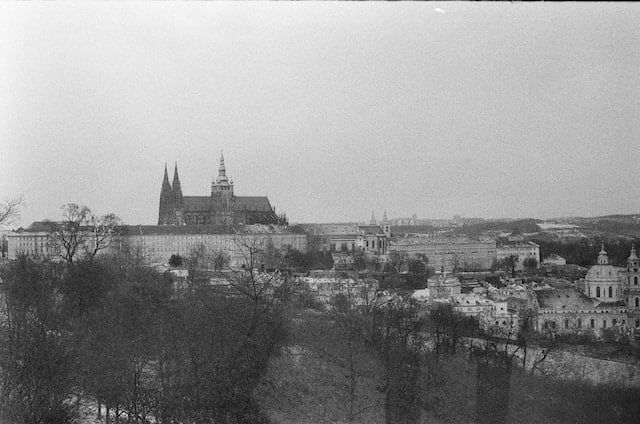
Jewish Contributions to Prague Society
In the fabric of Prague, the Jewish community has always been a vibrant thread, significantly contributing to the city’s development and progression. Jews were actively involved in a wide array of occupations, from academia and commerce to the arts. Their ingenuity in trade and finance played a pivotal role in boosting the city’s economy. Many Jews were successful merchants, importing and exporting goods across Europe and beyond, thus fostering a dynamic marketplace. Academics and scholars from the Jewish community made notable contributions to the fields of philosophy, theology, and literature, impacting not only Prague but resonating across the entire European continent. Their literary prowess is exemplified by figures such as Franz Kafka, whose works helped shape modern literature. Moreover, Jewish artisans, architects, and musicians enriched Prague’s cultural scene, leaving a lasting artistic mark on the city. Thus, through their myriad contributions, the Jews of Prague helped mold the city into the vibrant, multicultural hub it is today.
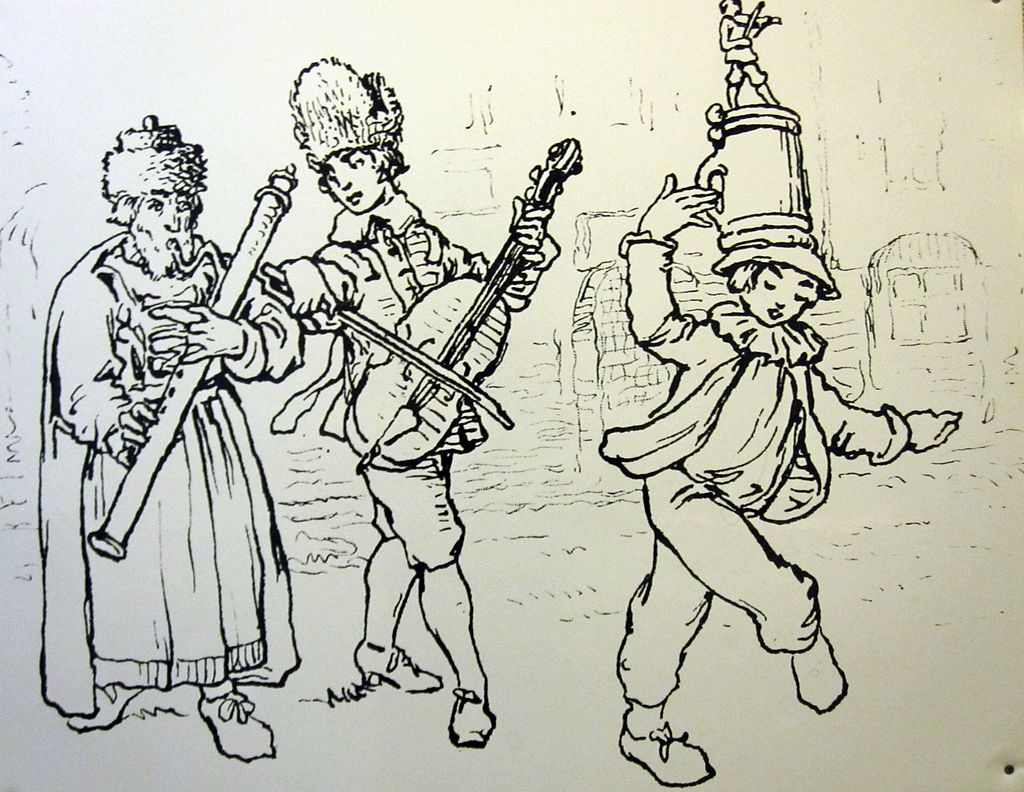
Recent and Contemporary Jewish Life in Prague
The dark shadow of the Holocaust looms large over the history of Jewish Prague. The Jewish community, once so vibrant and integral to the life of the city, was ravaged by the horrors of the Nazi regime. It is estimated that approximately 78,000 Jews from the Czech lands, including Prague, were murdered during the Holocaust. This devastating period saw the decimation of the Jewish population, the destruction of countless synagogues, and the end of a thriving culture. The city’s Jewish Quarter, once bustling with life, stood in silent testimony to the lives lost. Post-Holocaust, the Jewish community of Prague has had to rebuild from these ashes, a poignant reminder of their resilience and the enduring spirit of Jewish Prague.
In contemporary times, Jewish life in Prague is experiencing a resurgence. The city’s Jewish Quarter, Josefov, once desolate and silent, now thrums with life. Synagogues that had fallen into disrepair have been painstakingly restored and are now active centers of worship. Jewish schools, kosher restaurants, and cultural institutions are revitalizing the community, while the Prague Jewish Museum attracts visitors from around the world. The city annually hosts the Jewish Film Festival and the Festival of Jewish Culture, which are met with enthusiasm by locals and tourists alike, thereby celebrating Jewish heritage and fostering understanding between diverse communities. Yet, the echoes of the past remain, serving as reminders of a tumultuous history while underlining the extraordinary resilience of Jewish Prague.
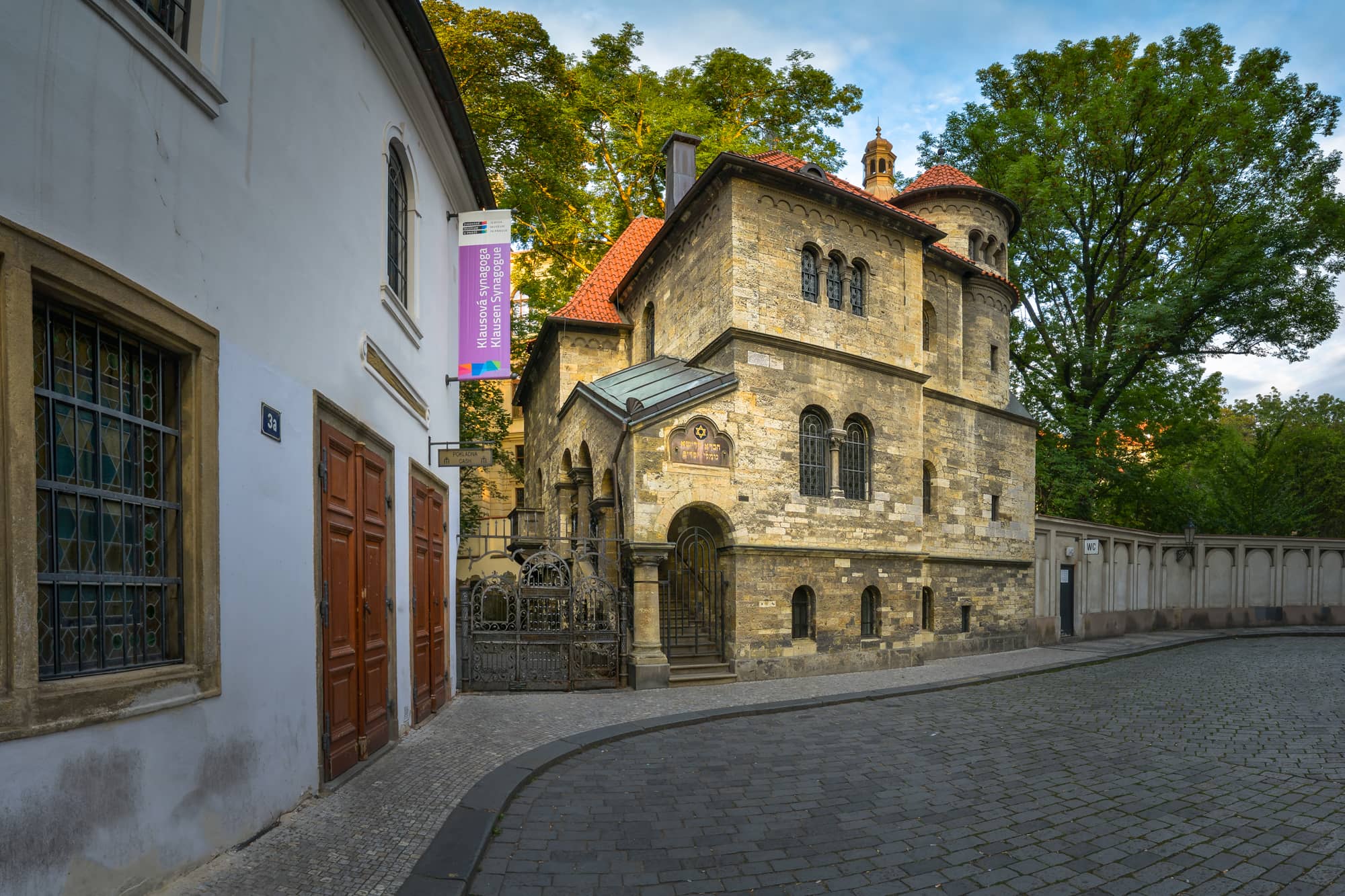
Iconic Attractions and Events in Prague
The Jewish Quarter in Prague
The Jewish Quarter, also known as Josefov, is a testament to the historical and cultural magnitude of Jewish life in Prague. This area, named after Emperor Joseph II who is known for his role in the emancipation of Jews, is a living embodiment of Jewish heritage in Prague. It is home to significant landmarks such as the Old-New Synagogue, the oldest functioning synagogue in Europe, and the Spanish Synagogue, renowned for its stunning Moorish interiors. The Old Jewish Cemetery, one of the oldest of its kind in Europe, is also located here, serving as a poignant reminder of the deep roots of the Jewish community in the city. The Jewish Quarter is not only a symbol of the resilience of the Jewish community but also represents a vibrant component of Prague’s multicultural fabric.
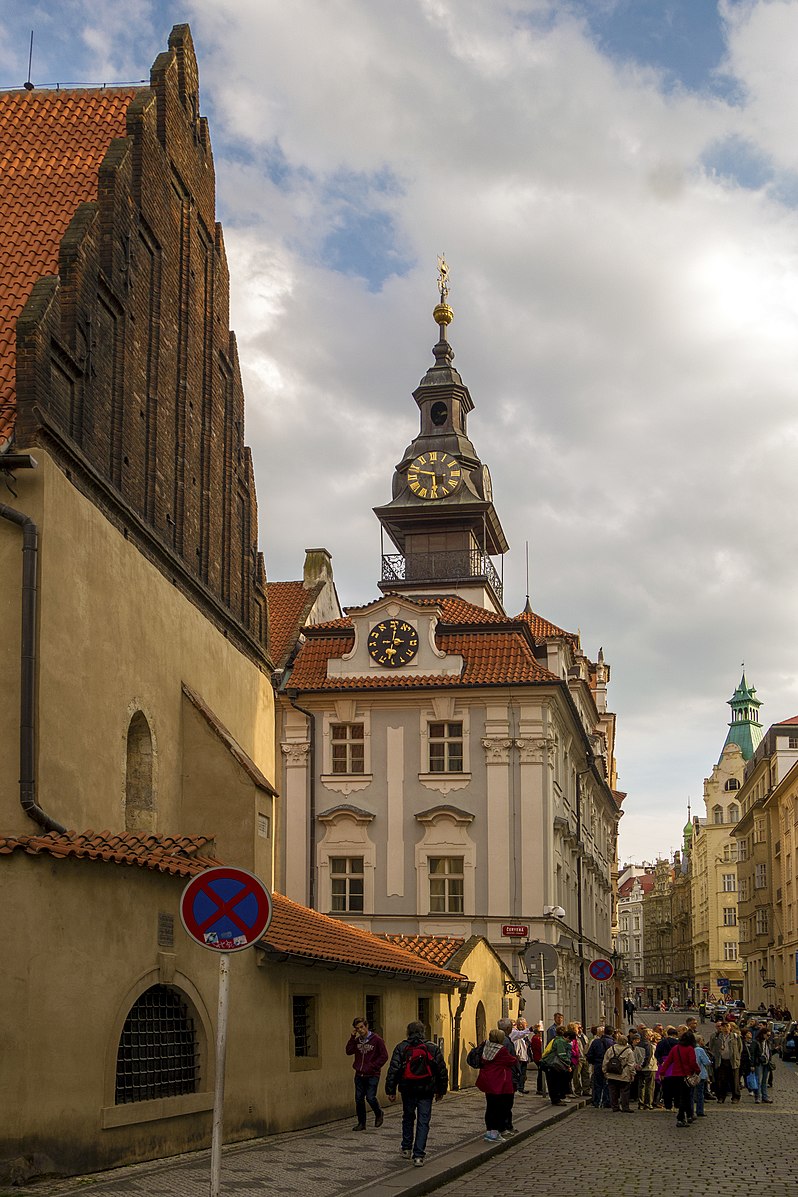
The Old New Synagogue
The Old New Synagogue, or Altneuschul, situated in the heart of the Jewish Quarter, is a symbol of the enduring Jewish presence in Prague. Constructed in the late 13th century, it is the oldest functioning synagogue in Europe and one of Prague’s earliest Gothic structures. The synagogue is steeped in legend, most notably the story of the Golem of Prague, a mythical creature said to have been created by the Maharal, Rabbi Judah Loew ben Bezalel. It is believed that the remains of the Golem still lie in the attic of the synagogue. Today, the Old New Synagogue remains an active house of prayer and a vital part of Jewish Prague, its ancient walls bearing witness to centuries of history and tradition.
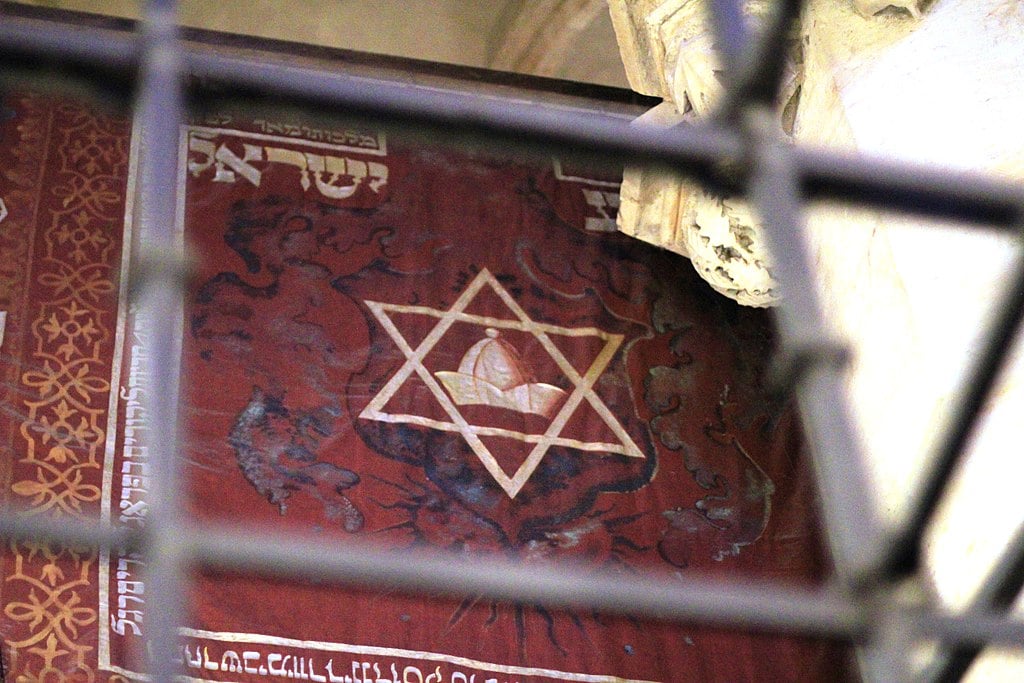
The Old Jewish Cemetery
The Old Jewish Cemetery is an essential part of the Jewish heritage in Prague. Established in the 15th century, it is among the oldest surviving Jewish burial grounds in the world. Its tombstones, crowded and leaning, bear the names and symbols of more than 12,000 visible graves, although the actual number of buried individuals is thought to be much higher. The cemetery serves as a silent, yet eloquent, testament to the Jewish life that once thrived in the city. This hallowed ground is the final resting place for notable figures, among them the esteemed Maharal. Visiting the Old Jewish Cemetery offers a moving journey into Prague’s Jewish past, a poignant tribute to those who shaped the city’s history and culture.
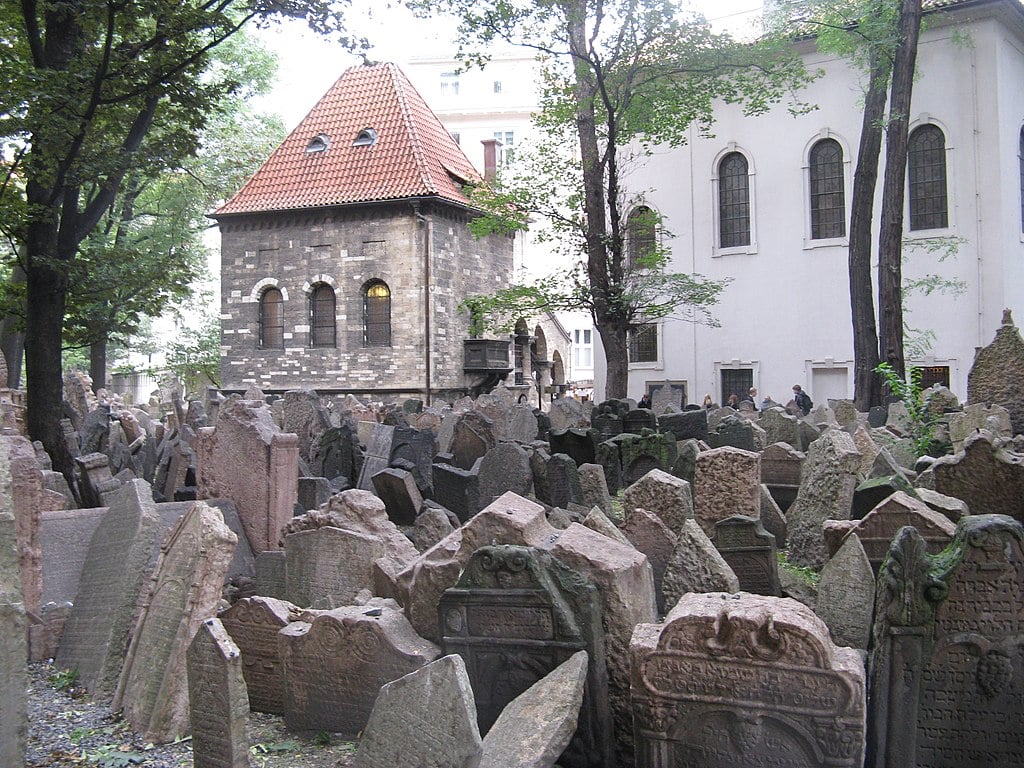 Øyvind Holmstad, CC BY-SA 3.0 <https://creativecommons.org/licenses/by-sa/3.0>, via Wikimedia Commons
Øyvind Holmstad, CC BY-SA 3.0 <https://creativecommons.org/licenses/by-sa/3.0>, via Wikimedia Commons
Popular Israel on the River Festival
The Israel on the River Festival is a vibrant celebration of Jewish culture and Israeli heritage in the heart of Prague. Held annually on the banks of the Vltava River, the festival draws locals and tourists alike, providing a platform to experience Jewish traditions, Israeli music, and cuisine. It’s an opportunity for people of all backgrounds to immerse themselves in Jewish culture, enhancing their understanding and appreciation of Jewish history and contemporary life in Prague. The festival’s diverse program includes performances by Israeli musicians, Hebrew language workshops, and traditional Jewish food stalls, reinforcing the enduring presence and influence of Jewish Prague in the city’s multicultural tapestry. With its celebratory atmosphere and rich cultural offerings, the Israel on the River Festival contributes to the ongoing revival and recognition of Jewish life in Prague.
Iconic Personalities of Prague
Franz Kafka
Franz Kafka, a prominent figure in literary circles, has left an indelible mark on the cultural fabric of Prague. Born into a middle-class, German-speaking Jewish family in Prague on July 3, 1883, Kafka lived in the city most of his life. His birthplace, located at the corner of Radničná and Maiselova Street in the Jewish Quarter (Josefov), is today a venue for exhibitions about his life and works. His surreal, complex works, often featuring individuals facing a baffling and impersonal bureaucracy, are seen as prescient critiques of totalitarianism and have made significant contributions to modernist literature. Kafka’s short life ended in a sanatorium near Vienna on June 3, 1924, from tuberculosis, far from his beloved home city. Contrary to the directives in his will, Kafka’s works were published posthumously, earning him his place among the literary greats. Kafka’s grave can be found in the New Jewish Cemetery in Žižkov, Prague, where visitors often leave handwritten notes and stones – a traditional Jewish sign of respect for the deceased – in tribute to his lasting legacy.
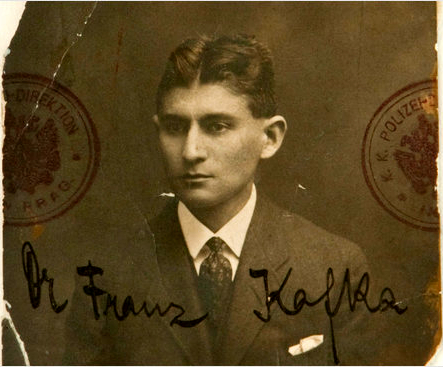
Rabbi Judah Loew ben Bezalel (The Maharal)
Rabbi Judah Loew ben Bezalel, better known as the Maharal, was a highly esteemed scholar and Jewish leader who significantly contributed to the Jewish intellectual and spiritual heritage. Born around 1525 in Poznań, today’s Poland, he spent the majority of his life in Prague, where his profound influence is still palpable. He served as the Chief Rabbi of Prague and crafted a distinct philosophy that combined Jewish mysticism with a logical, rational approach, profoundly influencing Jewish thought. The Maharal is most famously associated with the legend of the Golem of Prague. According to the tale, he created the Golem, a clay figure brought to life, to protect the Jewish community from anti-Semitic attacks. While the story is rooted in folklore, it symbolizes the Maharal’s role as a protector and leader of Prague’s Jewish community. He passed away on September 17, 1609, in Prague, and his tomb in the Old Jewish Cemetery is a frequented site of homage. The legacy of the Maharal extends beyond Prague, as his teachings continue to inspire Jewish scholars and thinkers worldwide.
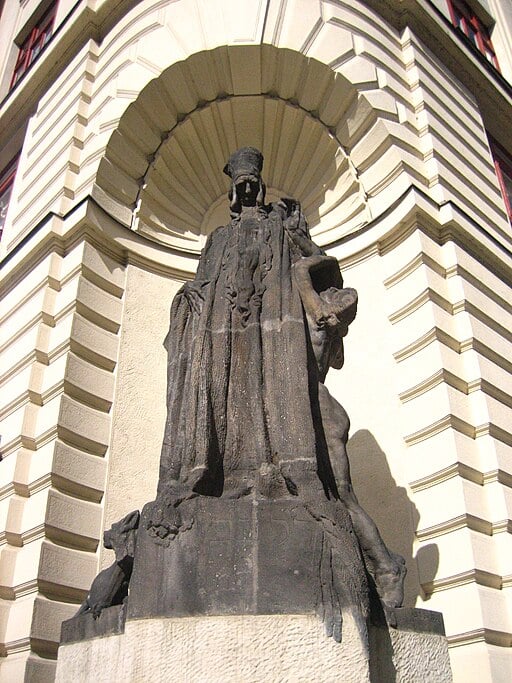
Summary of Prague’s Jewish Story
In conclusion, Jewish Prague is a treasure trove of deep-rooted history, rich culture, and remarkable resilience. The Jewish Quarter, with its timeless synagogues, the touching Old Jewish Cemetery, and the bustling festivals, paints a vivid picture of the city’s Jewish heritage. Significant personalities, such as Franz Kafka and the Maharal, have also left their imprints, adding layers of depth to the city’s Jewish narrative.
Visiting Prague offers the chance to step back in time and bear witness to the struggles and triumphs of the Jewish community through the ages. The Old New Synagogue and the Old Jewish Cemetery are must-see sites that offer a poignant glimpse into Prague’s Jewish past. At the same time, the annual Jewish film festival, the Kosher Food Festival, and others provide a vibrant snapshot of contemporary Jewish life.
The city of Prague, with its Jewish Quarter as a centerpiece, stands as an enduring testament to the Jewish community’s integral role in the city’s past, present, and future. It is more than just a city to visit—it is a narrative to uncover, a culture to explore, and a history to appreciate. So pack your bags, embark on this journey of discovery, and let the streets of Jewish Prague narrate their compelling story.
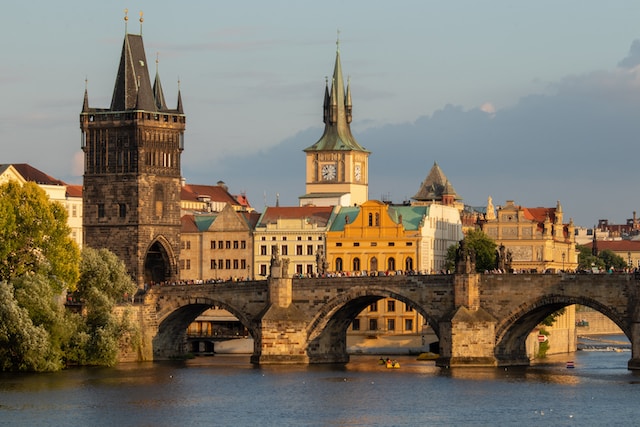 Photo by Martin Krchnacek on Unsplash
Photo by Martin Krchnacek on Unsplash
Closing Thoughts
Stepping into the heart of Prague, particularly the Jewish Quarter, offers an immersive, enriching experience unlike any other. The cobblestone streets whisper tales of a resilient past, while the vibrant festivals and lively, modern Jewish life echo an inspiring present. As you explore each corner, you’ll encounter the enduring legacy of remarkable figures etched into the very soul of the city. Let the allure of Prague guide you on a journey through time, where every synagogue, cemetery, and monument unfurls a chapter of the extraordinary Jewish narrative. Uncover, explore, and appreciate this living testament to Jewish history.
